Buying a New Tesla
When buying a Tesla, you can buy it new or used. Let's go over when it makes sense to buy a Tesla new or when to buy a Tesla used.
First off, when buying a Tesla new, you are going to pay more than you would for a used Tesla. Like buying any new car new, there are things you need to look out for.
First off, having a checklist of things to look for, such as panel gaps or any kind of body imperfections, is good when buying new. That way, Tesla has to take care of any issues as you have a warranty for the first 8 years or 100,000 miles.
Buying a Tesla new will get you the full range listed on the battery, which many people will like. However, you must realize that within your first year of driving a Tesla or any EV, you can expect to lose between 5% to 10% of your battery range, and then about 1% per year after that.
Tesla made a mistake - the Cybertruck range extender should go underneath the truck bed instead of on top of it:https://t.co/Vg2obJ1BDX$TSLA @Tesla @torquenewsauto #cybertruck #evs #charging #rangeextender
— Jeremy Noel Johnson (@AGuyOnlineHere) December 2, 2023
A new Tesla will most likely be in much better shape, depending on how an owner of a used Tesla took care of it. A new Tesla is your car and nobody will have done anything to it before you, so it will be your very own.
You may also be interested in:
- Tesla's to be made just like toy cars.
- How much can the Cybertruck tow and what range will be lost?
- Like a giant sports car - the Tesla Model X Plaid.
Buying a Used Tesla
When buying a used Tesla, the price is high, but you will save thousands of dollars when buying a Tesla used.
Asking the seller about the vehicle and any issues is important when making a decision to buy a used Tesla.
Expect the battery range to be less than whatever the EPA range is listed for the vehicle.
Also, if the vehicle is older than 8 years, the warranty will likely be expired. When buying a Tesla new, look at the miles driven. If over 100,000 miles have been driven, then the warranty is also expired, even if it is less than 8 years.
Still, a used Tesla can be a good choice. Most likely, buying a model that was at least a couple of years later than the original release is a good idea.
Tesla Cybertruck will be the ultimate police car - as fast as a Porsche 911 and bulletproof with exceptional handling.https://t.co/hhRaqrVdWp$TSLA @Tesla @torquenewsauto #cybertruc #evs #police
— Jeremy Noel Johnson (@AGuyOnlineHere) December 1, 2023
That means a Model 3 from 2020 or later or a Model Y from 2021 or later. These vehicles have many of the original issues fixed from the car that were there upon release.
A 2020 Tesla Model 3 long range will sell for around $40,000, which is about the cost of the 2023 Model 3 RWD with LFP batteries. It would be important to ask about the range on that vehicle when buying it used, to see if it is still higher than the Model 3 RWD.
The sound system on the long range Model 3 is also better. The main things to think about when buying a used Tesla are: the warranty, miles driven, battery range, quality of the car, and what price to buy it at.
And now, the Cybertruck, with its massive "giga wiper" has joined the mix of available Tesla vehicles. I don't think there will be any used Cybertrucks for sale for a while, however.
When buying new, consider how long the car will be owned and check for any initial imperfections. Would you buy a new or used Tesla?
For more information about new and used Tesla vehicles, see this video from Tailosive EV:
In Related News: Tesla Model Y Is Starting to Lead the World in Sales
Leave your comments below, share the article with friends and tweet it out to your followers.
Jeremy Johnson is a Tesla investor and supporter. He first invested in Tesla in 2017 after years of following Elon Musk and admiring his work ethic and intelligence. Since then, he's become a Tesla bull, covering anything about Tesla he can find, while also dabbling in other electric vehicle companies. Jeremy covers Tesla developments at Torque News. You can follow him on Twitter or LinkedIn to stay in touch and follow his Tesla news coverage on Torque News. Image Credit, Tesla, Screenshot



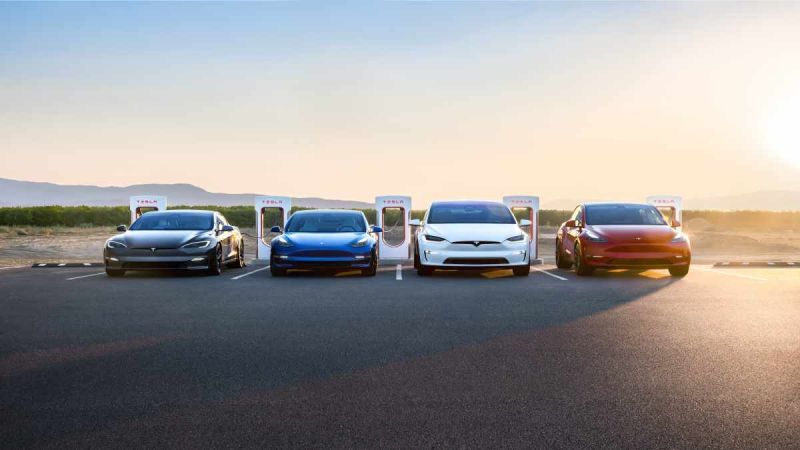





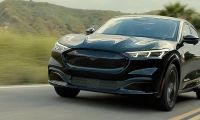
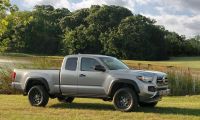
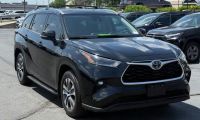
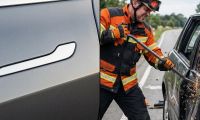
Comments
The writers claim of a 5 to…
Permalink
The writers claim of a 5 to 10% of a vehicles battery range during the first year with any electric vehicle is complete nonsense. This may have been true of 1st generation Leaf or Tesla batteries but that was a dozen years ago.
For example, I have over 20K miles on my Ioniq 5 and after 1 year I’ve experienced absolutely no loss of range. 0%.
Tesla claims it will the average car will show a 12% battery loss capability after 200,000 miles.
So I’d buy with a EV confidence and ignore this part of the article.